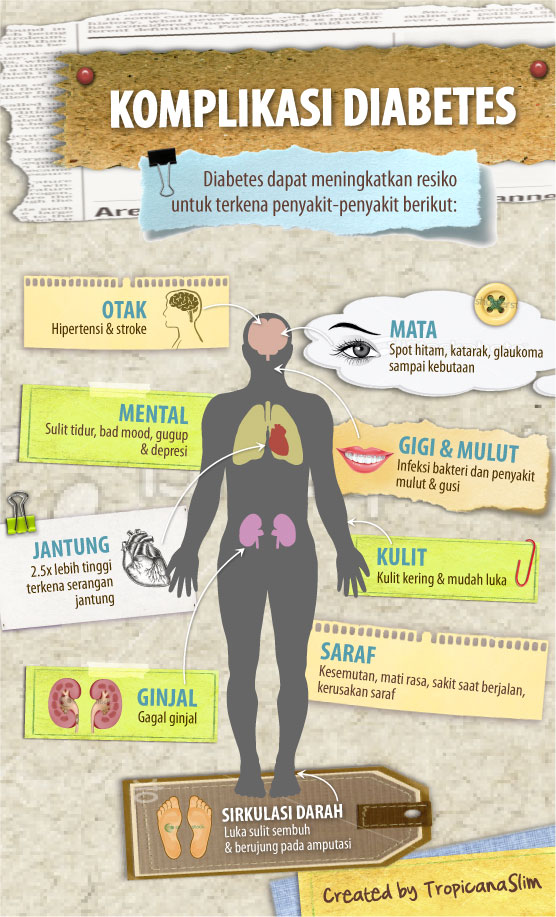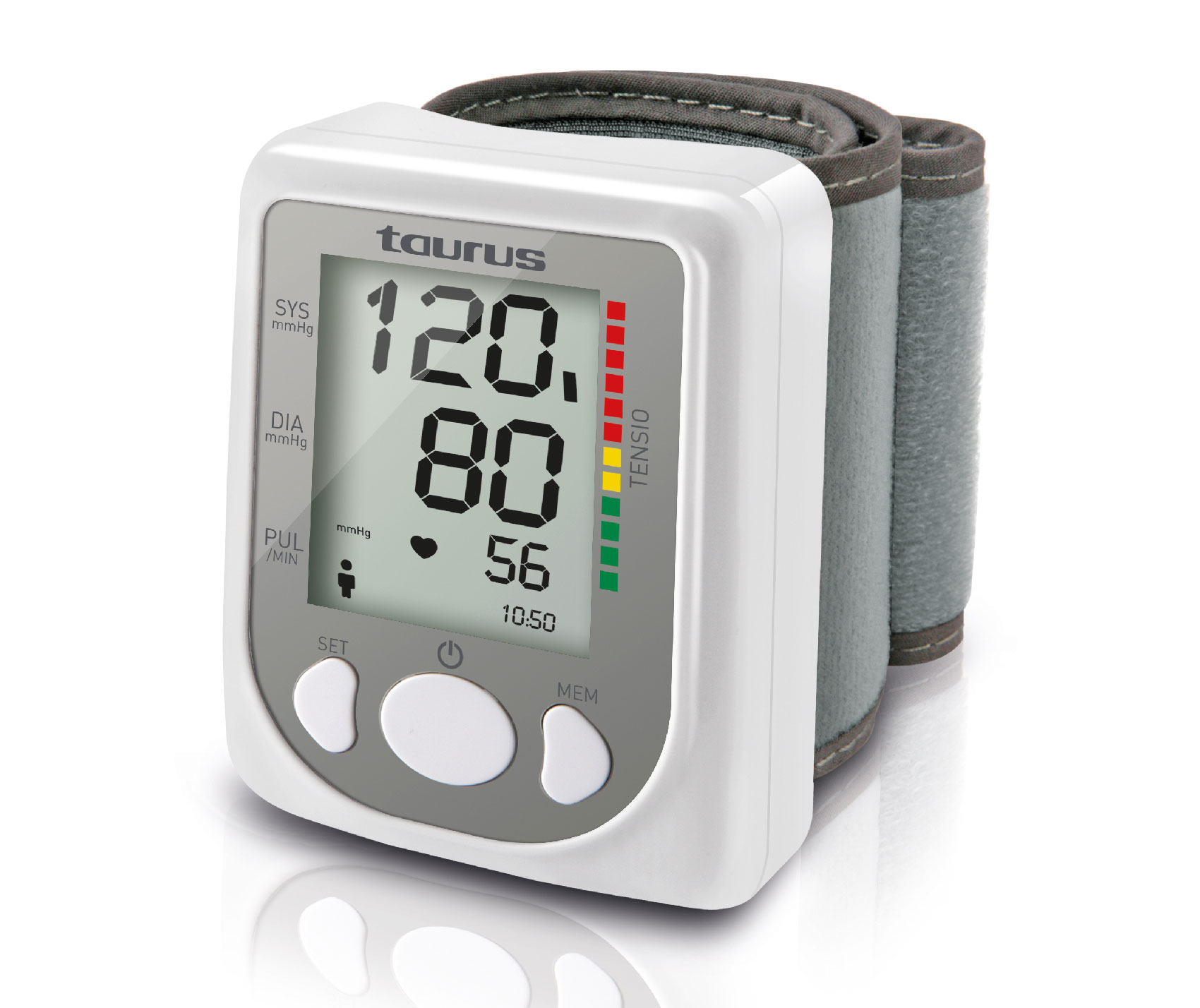Diabetes Hipertensi

More diabetes hipertensi images. Ace inhibitors may provide additional benefits in patients with diabetes. these patients may have impaired fibrinolysis and endothelial dysfunction, which increase their risk of cardiovascular disease. ace inhibitors have been shown to improve fibrinolysis and endothelial dysfunction. 17,18 ace inhibitors have also been shown to increase insulin sensitivity. 4 caution should be used with the combination of nondihydropyridine ccbs and beta blockers because of the potential for additive negative cardiac inotropic effects. combinations of beta blockers and ace inhibitors have shown few additive effects on blood pressure when used in patients with a pulse rate of less than 84 beats per minute. 33 the final phase of the calm study27 examined combination treatment with candesartan and lisinopril. study participants showed good tolerance for the two agents together and a more effective reduction in blood pressure.

Hipertensi atau tekanan darah tinggi bisa terjadi dikarenakan adanya diabetes hipertensi komplikasi penyakit diabetes yang kronis. maka tak heran jika pengidap diabetes memiliki sekitar 40% angka hilangnya nyawa pada seseorang yang disebabkan oleh penyakit jantung koroner terkait dengan meningkatnya lemak dalam darah yang menyebabkan plak plak. Diabetes mellitus and hypertension are common diseases that coexist at a greater frequency than chance alone would predict. hypertension in the diabetic individual markedly increases the risk and accelerates the course of cardiac disease, peripheral vascular disease, stroke, retinopathy, and nephropathy. See full list on aafp. org. Hipertensi atau tekanan darah tinggi bisa terjadi dikarenakan adanya komplikasi penyakit diabetes yang kronis. maka tak heran jika pengidap diabetes memiliki sekitar 40% angka hilangnya nyawa pada seseorang yang disebabkan oleh penyakit jantung koroner terkait dengan meningkatnya lemak dalam darah yang menyebabkan plak plak.
Type 2 diabetes mellitus and hypertension are two important public health challenges, and both are linked to increased risk of cardiovascular events. hyperuricemia has recently emerged as an independent risk factor in the development of type 2 diabetes mellitus and hypertension through several proposed mechanisms. May 28, 2019 · hypertension, or high blood pressure, often occurs alongside diabetes mellitus, including type 1, type 2, and gestational diabetes, and studies show there may be links between them. hypertension.
Diabetes Dan Hipertensi Umroh Com
Diabetes Treatment
Diabetes and hypertension: a position statement by the.
Diabetes mellitus selain berhubungan dengan kadar gula darah yang diabetes hipertensi tinggi, dikaitkan pula dengan tekanan darah yang tinggi (hipertensi). hipertensi adalah gangguan yang terjadi pada sirkulasi peredaran darah dalam keadaan ini yaitu terjadinya peningkatan tekanan darah yang mengalir dari jantung ke seluruh tubuh.
One area of concern is the use of ace inhibitors in persons with underlying renal disease, which is common in patients with diabetes. a recent post hoc analysis19 of the hope trial demonstrated that in patients with preexisting vascular disease or diabetes combined with an additional cardiovascular risk factor, mild renal insufficiency (i. e. a serum creatinine level of 1. 4 to 2. 3 mg per dl [124 to 203 μmol per diabetes hipertensi l]) significantly increased the risk of subsequent cardiovascular events. in this study, ramipril reduced cardiovascular risk without increasing adverse effects. however, in patients with bilateral renal artery stenosis, ace inhibitors can cause renal insufficiency. to help detect the presence of undiagnosed bilateral renal artery stenosis, physicians should monitor the serum creatinine level at baseline and one week after initiation of ace inhibitor therapy. Cardioselective beta blockers are preferred over the non-selective type because the former are associated with less blunting of hypoglycemic awareness and less elevation of lipid and glucose levels. another alternative in the hypertensive patient with diabetes is the alpha1 beta blocker carvedilol, which has been shown to cause fewer alterations in lipid and glucose levels compared with traditional beta blockers. 31 beta-blocker therapy can be advantageous in many patients with diabetes because of its proven ability to decrease cardiovascular morbidity and mortality in persons with atherosclerotic heart disease. 6. Diabetes dan hipertensi mempengaruhi orang yang sama. jika seseorang memiliki pola hidup yang buruk seperti merok dan minum alkohol serta terbiasa konsumsi junk food maka ia akan memiliki kemungkinan memiliki risiko diabetes sekaligus resiko terkena hipertensi. baca juga: cara mencegah diabetes dengan pola makan yang sehat. diabetes dan. Traditionally, the use of beta blockers in patients with diabetes has been discouraged because of adverse metabolic effects and the masking of hypoglycemic symptoms. data from the ukpds 39 study8 showed no difference in hypoglycemic episodes in patients treated with atenolol compared with captopril, but the mean weight gain in the atenolol group was greater. this study also demonstrated similar risk reduction in microvascular and macrovascular diseases in the groups treated with captopril and atenolol.
Hypertension and diabetes mellitus are common diseases in the united states. patients with diabetes have a much higher rate of hypertension than would be expected in the general population. Angiotensin ii receptor blockers also show promise in the treatment of hypertension in diabetes. in many patients, a combination of two or more of these agents is necessary to reach blood pressure goals. beta blockers have been shown to reduce cardiovascular risk; however, because of their diabetogenic potential, jnc vi classifies beta blockers as agents that may have unfavorable effects in patients with diabetes. regardless of the agents selected, a reduction in blood pressure helps to prevent diabetic complications. 8 recently, a meta-analysis of trials evaluating the use of antihypertensives in high-risk patients, including those with diabetes, showed that ace inhibitor therapy resulted in a 20 to 30 percent decrease in the risk of stroke, coronary heart disease, and major cardiovascular events. 15 [evidence level a, meta-analysis] thiazide diuretics have been shown to benefit patients with diabetes and systolic hypertension. the systolic hypertension in the elderly program trial was initiated to assess the effect of low-dose, diuretic-based antihypertensive treatment on the rates of major cardiovascular events in older patients with isolated systolic hypertension and diabetes. 20 [evidence level a, rct] the study showed that low-dose chlorthalidone therapy was effective in preventing major cerebrovascular and cardiovascular events in older noninsulin-treated patients with diabetes and isolated systolic hypertension. [ corrected] controversy exists regarding the use of ccbs, particularly the dihydropyridines (e. g. amlodipine [norvasc], nifedipine [procardia]) in treating hypertension in patients with diabetes. five studies2125 have evaluated cardiovascular outcomes in patients with hypertension and diabetes who were treated with dihydropyridine ccbs. both the appropriate blood pressure control in diabetes (abcd)21 trial and the fosinopril versus amlodipine cardiovascular events randomized trial (facet)22 demonstrated no significant reduction in cardiovascular events with a dihydropyridine ccb compared with an ace inhibitor. [reference 22evidence level b, uncontrolled study] conversely, the hypertension optimal treatment (hot) trial,23 the systolic hypertension in europe trial,24 and the isolated systolic hypertension in china study25 concluded that the use of dihydropyridine ccbs, as monotherapy or in combination with another agent, was associated with a reduction in cardiovascular risk. [references 23 and 24evidence level a, rct] in these trials, the decreased cardiovascular risk appeared to result from achievement of target blood pressure, rather than from intrinsic characteristics of the agent(s) used. in all three trials, many patients required the addition of an ace inhibitor or other antihypertensive to the dihydropyridine ccb to achieve target blood pressure goals. the combination of an ace inhibitor and a dihydropyridine ccb has been diabetes hipertensi shown to reduce proteinuria. 10 recently, the reduction of endpoints in noninsulin-dependent diabetes mellitus with the angiotensin ii antagonist losartan study was completed. 28 [evidence level a, rct] the investigators found that losartan therapy produced a renoprotective effect independent of its blood-pressurelowering effect in patients with type 2 diabetes and nephropathy. in addition, the irbesartan microalbuminuria type 2 diabetes mellitus in hypertensive patients study recently found irbesartan to be renoprotective in patients with type 2 diabetes who have microalbuminuria. 29 [evidence level a, rct] the latest study to have been completed, the microalbuminuria reduction with valsartan (marval) trial, found that valsartan lowered urine albumin excretion to a greater degree than amlodipine in type 2 diabetic patients with microalbuminuria. this result was also seen in a subset of the study patients who were not hypertensive, which demonstrated valsartan to have a blood-pressureindependent antiproteinuric effect. 30 [evidence level a, rct]. Most patients with concomitant hypertension and diabetes require more than one agent to attain adequate blood pressure control. in the hot trial,23 68 percent of patients were maintained on combination antihypertensive therapy. the combination of ace inhibitors and ccbs (dihydropyridine or nondihydropyridine) is associated with a reduction in cardiovascular events and protein-uria. 10,2225 the combination of a dihydropyridine and a nondihydropyridine ccb has been shown to have a synergistic blood-pressurelowering potential. 32 [evidence level b, lower-quality rct]. Hypertension is common among patients with diabetes, with the prevalence depending on type and duration of diabetes, age, sex, race/ethnicity, bmi, history of glycemic control, and the presence of kidney disease, among other factors (1 3).
Ace inhibitors have proved beneficial in patients who have had a myocardial infarction or congestive heart failure, or who have diabetic renal disease (early or established). 6 these agents are considered preferred therapy in patients with hypertension and diabetes, according to guidelines from the ada, the nkf, the world health organization, and the jnc vi. 6,9,10,13 [references 6,9,10, and 13evidence level c, consensus/expert guidelines] findings from the heart outcomes prevention evaluation (hope) study also support the above recommendations. 14 [evidence level a, rct] this trial showed a reduction in cardiovascular events in patients taking a maximum dosage of ace inhibitors. Lower dosages of thiazides (e. g. hydrochlorothiazide [esidrix], 12. 5 mg per day) are generally well tolerated and not associated with adverse metabolic effects. 4 thiazide diuretics are not as effective in patients with renal insufficiency; in such patients, loop diuretics are preferred. in general, diuretics are effective in the treatment of hypertension. in addition, many less-expensive generic diuretics are available. the candesartan and lisinopril microalbuminuria (calm) study compared candesartan with lisinopril in patients with type 2 diabetes, hypertension, and microalbuminuria. 27 [evidence level a, rct] results of the calm study showed that candesartan was as effective as lisinopril in blood pressure reduction and minimization of microalbuminuria. alpha-adrenergic blockers are not considered first-line agents in the treatment of hypertension in patients with diabetes. these agents may be combined with other agents to treat poorly controlled blood pressure. Stroke is the main cause of inpatient death at panembahan senopati general hospital in bantul. the independent variables in this study were hypertension and diabetes hipertensi diabetes mellitus. this study aim to determine the relationship of hypertension and diabetes mellitus to the incidence of stroke. Hypertension, or high blood pressure, often occurs alongside diabetes mellitus, including type 1, type 2, and gestational diabetes, and studies show there may be links between them. hypertension.
Komentar
Posting Komentar